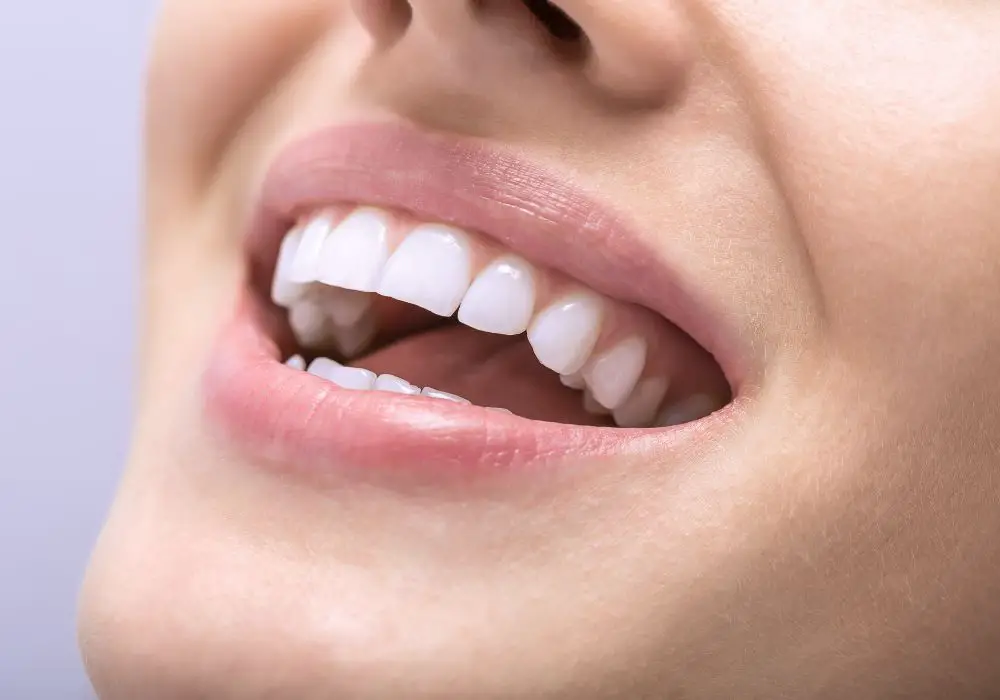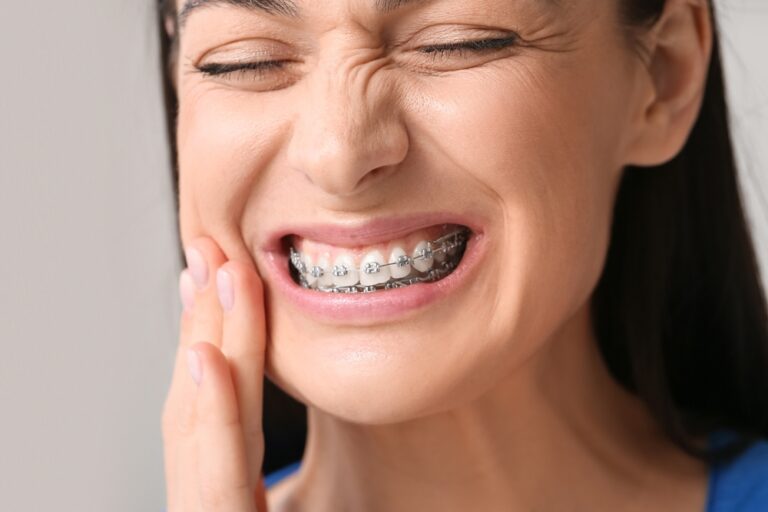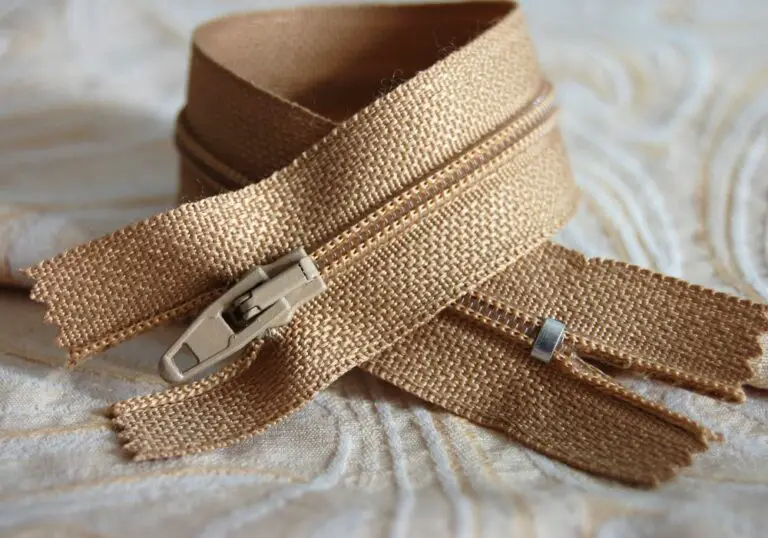Have you ever wondered why we don’t just have one uniform type of tooth in our mouths? Our teeth come in a variety of shapes and sizes – sharp, flat, pointed, and block-like. There is an important evolutionary reason humans have specialized sets of teeth instead of 32 identical chompers. Read on to learn about the four distinct tooth categories and their vital functions that promote our health and survival.
The four fundamental tooth types
Humans have four unique types of teeth, each with distinct shapes and purposes. The four tooth categories are:
- Incisors
- Canines
- Premolars
- Molars
Understanding the different classes of teeth helps explain why we have multiple tooth shapes and how they work together to aid eating, speech, and oral health.
1. Incisors
Incisors are the sharp, chisel-shaped teeth located at the front of the mouth used for cutting food. Humans have eight incisors total – four on top and four on bottom.
Unique traits:
- Thin cutting edges
- Flat labial surface
- Single root
- Shovel-shaped appearance
Functions:
- Biting off pieces of food
- Cutting and incising morsels
- Pronouncing consonants like ‘S’ and ‘F’
- Supporting the lips
2. Canines
Canines are the pointed, cone-shaped teeth that flank the incisors. There are four canines total – two maxillary and two mandibular. They are anchors for the teeth anterior and posterior to them.
Distinctive characteristics:
- Pointed cusps
- Longest root of any tooth type
- Single root
- Stout structure
Purposes:
- Tearing and grasping food
- Piercing tough foods
- Guiding mandibular movement
- Providing stability for the corners of the mouth

3. Premolars
Premolars, also called bicuspids, are transitional teeth located between the canines and molars. Most adults have eight premolars, with four in each dental arch. They assist with crushing and grinding food.
Identifying traits:
- Two rounded cusps
- Double roots
- Oval crown shape
- Multi-cusped chewing surface
Roles:
- Crushing and grinding food
- Holding and stabilizing food between teeth during chewing
- Contributing to overall bite force
4. Molars
Molars are the large, block-like posterior teeth furthest back in the mouth. Their purpose is to grind and masticate food prior to swallowing. Humans typically have twelve molars, six in each arch.
Typical features:
- Cuboidal overall shape
- Broad crowns
- Multiple distinct cusps
- Double or triple roots
- Largest teeth of the mouth
Responsibilities:
- Grinding down tough, fibrous foods
- Thoroughly chewing and breaking food into particles
- Facilitating digestion
- Generating biting force
Key differences between the four tooth morphologies
While all teeth share commonalities in structure and composition, the four types are uniquely designed for different oral functions:
| Tooth Type | Number in Mouth | Distinguishing Traits | Purpose |
|---|---|---|---|
| Incisors | 8 total – 4 upper, 4 lower | Chisel-shaped; sharp, straight biting edge | Cutting, biting off pieces of food |
| Canines | 4 total – 2 upper, 2 lower | Pointed, cone-shaped; long single root | Piercing, tearing, grasping food |
| Premolars | 8 total – 4 upper, 4 lower | Broad surfaces; multiple cusps for grinding | Crushing, grinding, stabilizing food |
| Molars | 12 total – 6 upper, 6 lower | Block-shaped with multiple cusps; large surface for chewing | Heavy grinding, masticating tough foods |
The varied morphology allows different tooth types to work synergistically to efficiently bite off, tear, crush, grind, and eventually swallow foods.
Strategic dental arrangement

The four tooth categories are methodically arranged within each half of the upper and lower dental arches:
Maxillary arch (upper)
- Central incisor
- Lateral incisor
- Canine (cuspid)
- First premolar (first bicuspid)
- Second premolar (second bicuspid)
- First molar
- Second molar
- Third molar (wisdom tooth)
Mandibular arch (lower)
- Central incisor
- Lateral incisor
- Canine (cuspid)
- First premolar (first bicuspid)
- Second premolar (second bicuspid)
- First molar
- Second molar
- Third molar (wisdom tooth)
This deliberate order allows food to efficiently pass from the front cutting teeth, to the tearing canines, then the crushing bicuspids, and finally the heavy grinding molars at the back before swallowing. The positioning optimizes the breakdown of foods.
Why differentiated tooth morphology arose
Humans are omnivores, meaning our varied diet includes meats, produce, grains, nuts, and more. Different specialized tooth shapes evolved to help us properly consume diverse foods and obtain balanced nutrition:
- Incisors – Their sharp front position and chisel shape makes incisors ideal for biting off and cutting pieces of food.
- Canines – With their pointed elongated cusps, canines are equipped for tearing meat, grasping foods, and piercing tough items that the incisors cannot easily bite through.
- Premolars – Their increased number of cusps and broader surfaces compared to front teeth allows premolars to effectively crush, grind down, and stabilize food particles.
- Molars – The large, block-like molars positioned furthest back are perfectly designed for heavy grinding and masticating fibrous plant material and other foods using their expanded crown surface area and multiple cusps. Their posterior placement also provides powerful bite force.
Without specialized teeth adapted for different chewing and grinding purposes, humans would be unable to properly consume and digest the diverse nutritious diet required for health, growth, and survival.
Impacts of tooth loss

When teeth are lost or extracted, it impairs proper chewing and eating. Loss of even a single molar decreases grinding function and bite force. Absence of multiple tooth types leads to more dietary limitations:
- Missing incisors – Difficulty biting off foods and speech impairment
- Absent canines – Reduced tearing function; inability to pierce tough meats and other foods
- Missing premolars – Compromised grinding capacity and poor stabilization of food between teeth
- Lost molars – Greatly reduced chewing force and ability to break food into small particles
When all tooth types remain intact, they work together seamlessly allowing us to chew and consume a great variety of nutritious foods. But when key teeth are lost, the efficiency and diversity of our diet is affected.
Conclusion
Our mouth contains four distinct tooth types – incisors, canines, premolars, and molars. Each class plays important specialized roles in biting, cutting, tearing, stabilizing, and grinding down diverse foods. Their varied morphology and strategic arch arrangement provides humans with effective teeth to match our omnivorous diet for survival. Appreciating the different classes of teeth helps illustrate the brilliance of nature’s design. Next time you smile, remember just how amazing your dental diversity is!
Frequently Asked Questions
Q1: What tooth type is used most for chewing?
Molars are used most for chewing, grinding, and masticating food thoroughly. Their posterior position provides heavy bite force and their wide crowns and multiple cusps are ideal for reducing particle size.
Q2: Why are premolars called bicuspids?
Premolars are also known as bicuspids because most have two pronounced cusps for grinding food. “Bi” refers to two and “cuspid” means point or cusp.
Q3: Which teeth are no longer present in adults?
The third molars, also called wisdom teeth, may be extracted or may not fully develop and erupt. Adults normally have up to 28 permanent teeth excluding third molars. Children have 20 primary teeth.
Q4: What causes teeth to differ in size and shape?
Tooth morphology is primarily guided by genetics but also influenced by environmental factors like diet, use patterns, and space within the jaw. Shape optimizes teeth for different purposes.
Q5: Why do sharp front teeth combined with block-like back teeth make humans omnivores?
The incisors cut meat while premolars and molars grind plant material. This allows humans to consume diverse foods unlike strict carnivores and herbivores with more uniform tooth shapes.







